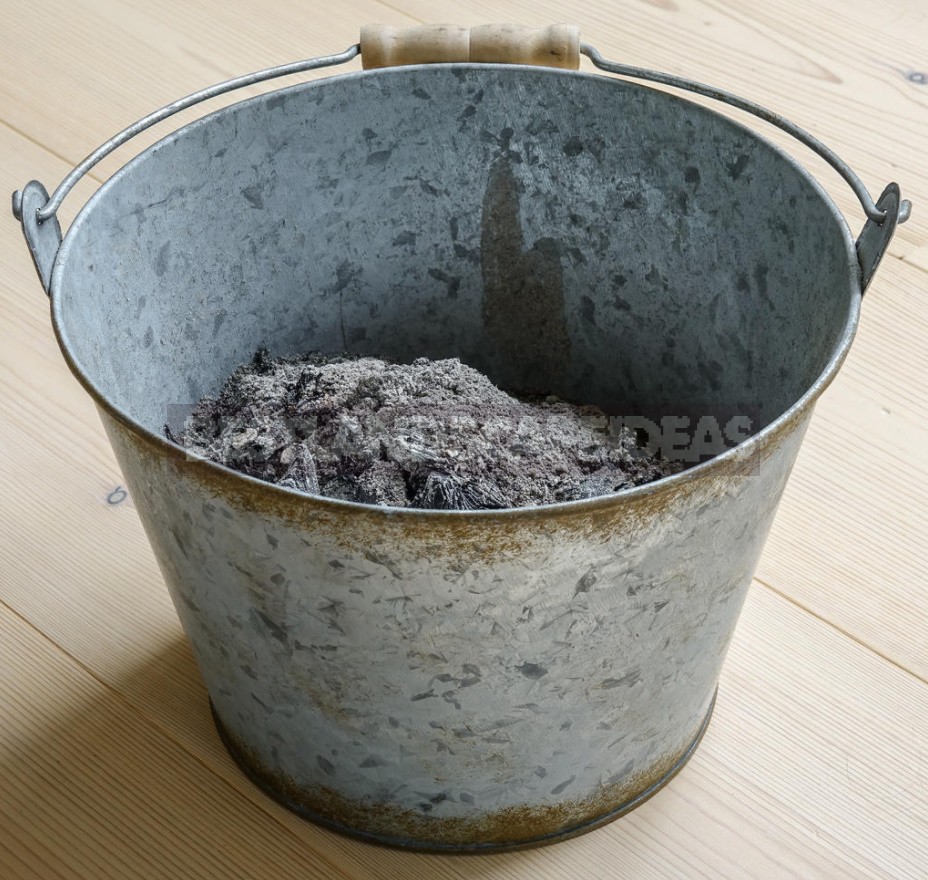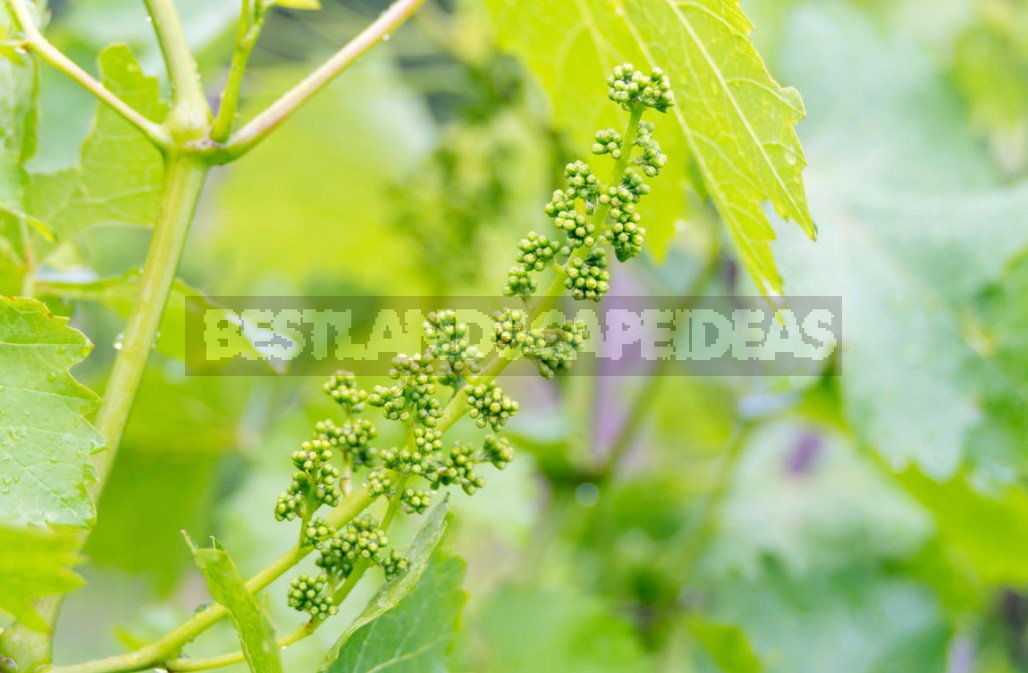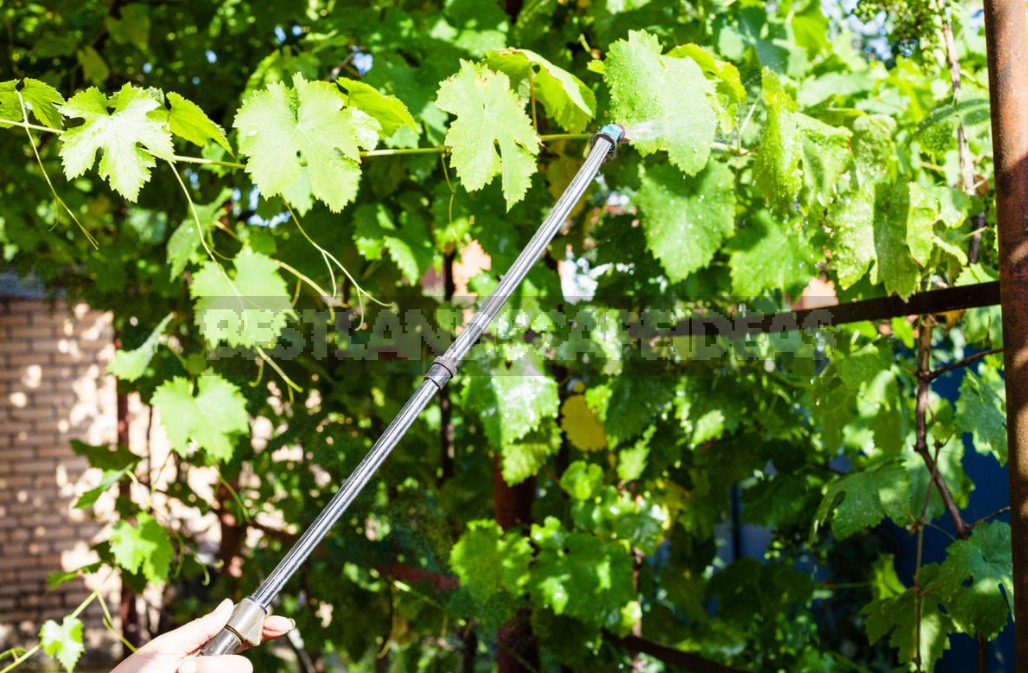
Top dressing for grapes is a delicate matter. It has its own preferences and rather strict dietary restrictions. This excerpt is dedicated to the basic principles of using fertilizers in the vineyard, knowing which you will be able to make a competent scheme yourself and never make unnecessary or unnecessary changes.
Short-about the main thing
The main thing in the nutrition of grapes is not to overdo it with nitrogen and not to get greedy with potassium. The grapes take out as much potassium as nitrogen and phosphorus combined. This is the main vitamin of grape life, a source of normal development, a stimulant of immunity and winter hardiness.
Nitrogen is like vodka for an alcoholic: grapes eat it without measure, rage and hooligans, and then become loose, lose fertility, lose resistance to diseases and winter hardiness. Rotted or diluted organic matter and ash-this is a “healthy lifestyle” for grapes.

For adult plants-only liquid top dressing
If it is permissible to apply fertilizers in dry form when preparing pits, then you only need to feed adult bushes with their solutions: nutrients are less lost and easier to digest. The most effective timing of application is a couple of weeks before flowering and two weeks after it. For one liquid feeding of an adult Bush, 30-50 g of complex fertilizer is enough. Make it with watering: or dissolve in water and pour, or pour into the pits and water.

In General, the easiest way to apply fertilizers is to coincide with watering. One feeding with each vegetation watering-once a month — is enough even for sandy loam, and on Chernozem it will be “fattening grapes for slaughter”. Nitrogen – only in may! And on poor soil-in June. The rest is potassium and phosphorus. If the bushes turn yellow from chlorosis, they can be cured by dissolving and pouring 5 g of any zinc salt and 30-40 g of iron vitriol under the Bush.
Foliar top dressing is not so much a way to feed the Bush, but to quickly eliminate some drawback or give it an effective push. They are good because they almost never harm: five grams of fertilizer will not overfeed the Bush! The leaf absorbs chelates instantly, and the result is visible in a couple of days. Fertilizing before flowering is just such a case. What could be easier than to give foliar feeding a few days before the opening of the buds (reset caps), at the same time adding something against diseases.

When the bushes are healthy, there is no need to feed them. If they have the audacity to openly want the best, then adding fertilizer to the sprayer with standard protective treatments can bring them significant relief. As a rule, bags of 20 g are just designed to dissolve in a bucket of water and spray the bushes. How much solution is needed for processing? Enough to moisten the leaves well.
Nutritional sprays are also effective for chlorosis. Here on a bucket of water you need to add a teaspoon of iron vitriol and half a spoonful of any zinc salt.

About the lack of batteries
Finally, a few words about deficits. Many masters confidently determine the lack of certain elements of nutrition by the external signs of leaves and shoots. This is the ultimate aerobatics of agrochemical experience. Obviously, it is necessary to give a detailed description of these signs — but, if the reader will forgive me, I will not do this. First of all, I can’t imagine how words can describe this complex visual picture. Even photos don’t help, because symptoms change over time. Different deficits are often similar. I very much doubt that such descriptions in the literature are applicable in practice. Does a perplexed cottager go into books? No, he is carrying the damaged leaf to the expert!

I am sure that there is one way to learn to distinguish violations in a plant — to observe them firsthand, in different places and for many years. But the main thing — is it so necessary for an Amateur? Deficits are mainly an industrial problem. They occur due to soil degradation or improper use of mineral fertilizers. In dachas, as a rule, the garden soil is quite nutritious. The real problems of bushes are neglect, disease and phylloxera. And deficits are extremely rare. And if you correctly apply organic, they simply can not be!




Leave a Reply